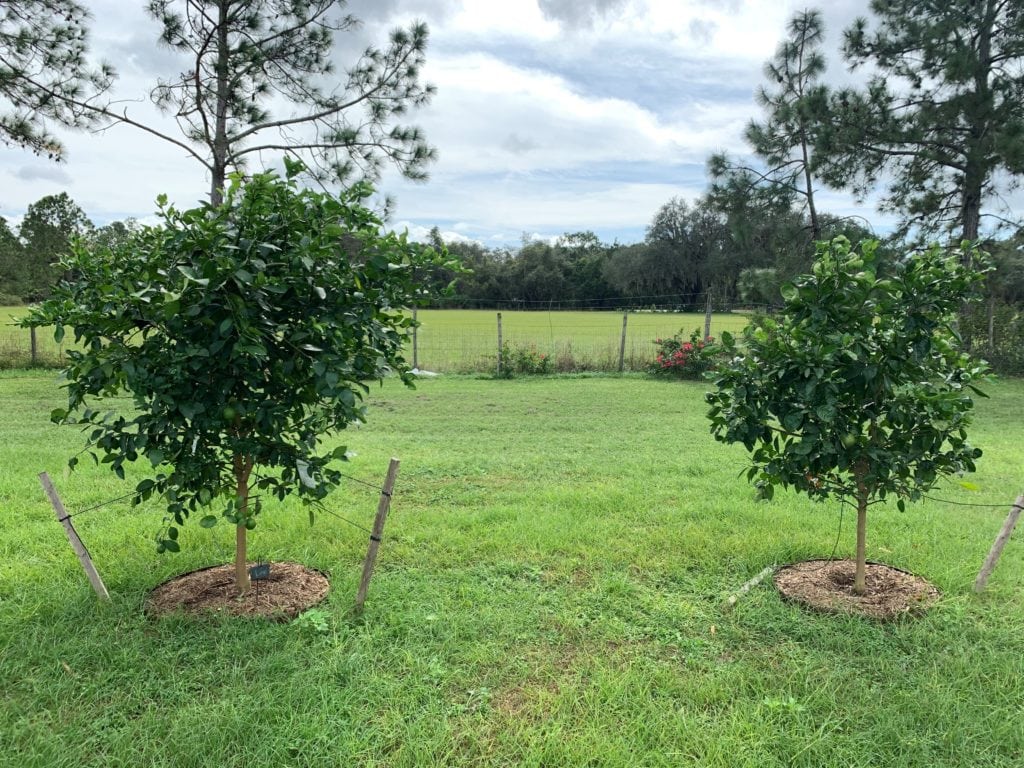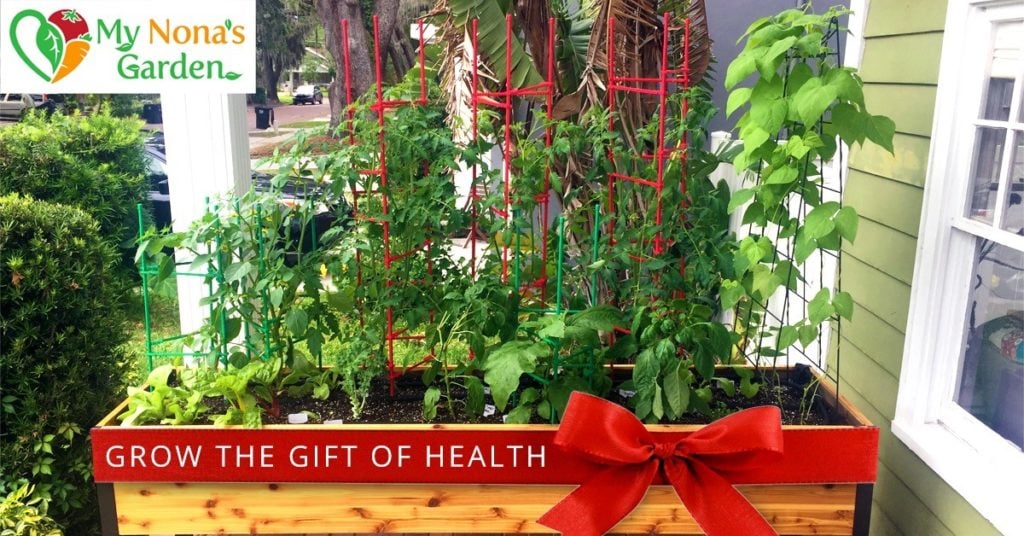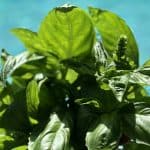So who are these pesky, little furry caterpillars that have invaded our yards, cars, and hair? They are called fall webworms, and they turn into moths. If you haven’t seen them yet, I bet you will. Typically, they are around in the fall months, and that is how you can differentiate them from their cousins, the tent worm. The tent worms look similar but are typically found in the springtime.

Fall webworms are also not to be confused with their poisonous counterparts, the puss caterpillar, or the ones we heard about a few years ago that are larger and covered in brown fur. The puss caterpillar turns into the Southern flannel moth when it becomes an adult and can be found mostly on oak and citrus trees.
Another differentiating characteristic of the fall webworm is its green color with black spots and white hairs. As adults, these caterpillars, not worms, turn into white moths with little spots on them. They can be found all over North America.
The fall webworm forms a little tent for protection, creating an ecosystem where it is protected and can eat leaves and grow. The leaves will typically be completely devoured wherever you find these tents. Since the webworm usually inhabits deciduous trees that would lose their leaves in the fall anyway, their existence does not typically cause any real harm to the tree. There are a wide variety of host trees for these caterpillars as they do not have a specific leaf diet.

Due to its devouring nature, the fall webworm can be destructive in the vegetable garden. They eat the leaves off leafy vegetables, which can directly reduce the yield of greens. By eating the leaves on other vegetable plants, they can also reduce the overall yield of vegetables by reducing the amount of photosynthesis that occurs.
An organic treatment for the fall webworm in the vegetable garden is to spray the garden with an organic pesticide or neem oil. Treat plants as directed on the instructions, but be aware that it may be an uphill battle since the host plant nearby still has hundreds or thousands of them in their webs. Once it starts getting cold, the fall webworm will begin to overwinter in crevasses and leaves on the trees. During this time, you can treat the tree with an organic pesticide as well. This will help to reduce the number of fall webworms next season.

Caring for Citrus in the Fall
There is not a lot that we need to do for our citrus trees in the fall, but that does not mean we should forget about them. Citrus prefers a continuous, light fertilizing routine. Always use fertilizer as directed. Just remember the fall and winter are not the time to prune back your citrus tree. If things have gotten out of control, just let it be and wait until the spring. February through April are the best times to prune citrus. This is typically a time when the weather is quite mild. It will allow for pruned branches to heal before the canopy is exposed to the intense summer heat, which is why we typically should not prune our citrus in May or later months.
Happy fall gardening!
Amber Harmon is the owner of My Nona’s Garden, where they install and service low-maintenance, elevated, organic vegetable gardens. Our mission is to bring health, promote growth, and provide vegetable gardening education to local communities, one garden at a time.
Visit www.MyNonasGarden.com for more information.
“We make organic vegetable gardening easy!”



